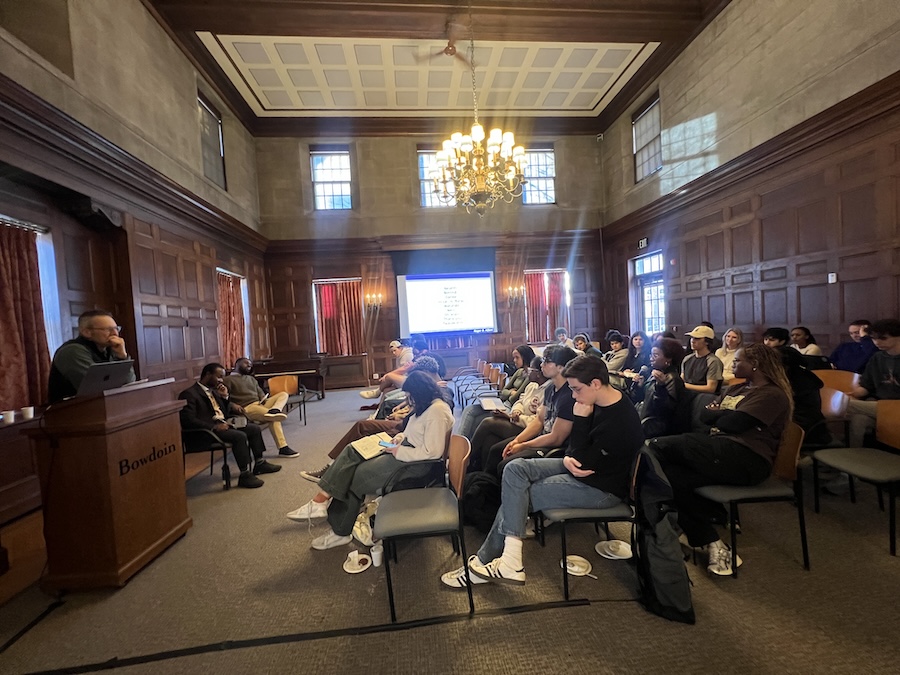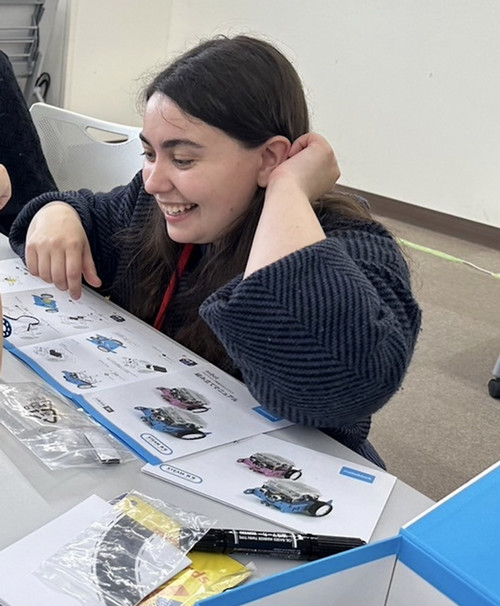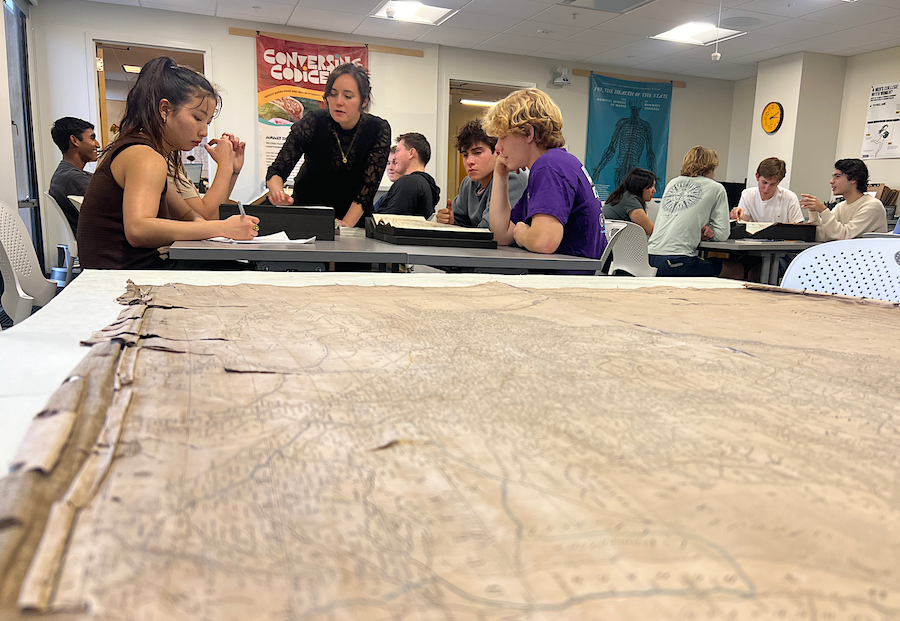Anne Frank, Sukarno, and Dutch Memories of World War II
By Tom Porter
For countries like the Netherlands that were invaded and occupied by Nazi Germany, the subject of World War II can be painful to discuss. According to Dutch historian Frances Gouda, currently a visiting professor of gender, sexuality, and women’s studies, the way in which many Dutch people perceive their country’s role in World War II can be effectively analyzed by looking at two very different historical figures: The first is Anne Frank, the Jewish girl who achieved posthumous fame for the diary she wrote during the two years she spent hiding from the Nazis in German-occupied Amsterdam; the second is Sukarno, the nationalist leader in Indonesia—then called the Dutch East Indies—who sided with the Japanese during World War II, then led his country to independence in the years following the war.
In a faculty seminar on April 26, 2016, which was based on an article she published a few years ago, Gouda talked about how the “Dutch historical memory” of World War Two was influenced by these two personalities. Gouda spoke with Bowdoin College writer and multimedia producer Tom Porter.
Tom Porter: The lecture, and the article it’s based on, is called “Anne Frank and Sukarno as icons of Dutch Historical Memory in World War II.” What do you mean by “icons of memory”? Frances Gouda: An icon is an historical image with meanings that can change over time, and is flexible enough to be interpreted by different groups within particular societies who may have agendas in mind for using the past in order to clarify or justify the present. So what the paper is really about is the way in which the memories of World War II are constantly shifting in order to fulfill needs that have more to do with today than they have to do with the historical reality of World War II. I think that’s why I introduced the notion of “icons of memory” instead of “places or sites of memory”, which is a well-entrenched French historiographical tradition where particular locations, buildings, monuments or people are seen as places of memory and then invested with nostalgia, which may also serve contemporary needs. But a site of memory is more static and that’s why I used “icons of memory” instead.
TP: Let’s start with Sukarno. How is he an “icon of historical memory”?
FG: The Dutch East Indies were crucial to the Dutch sense of national identity, to a Dutch notion that they were important international players. The Netherlands was an internationally recognized neutral power, but that power derived mostly from its possession of the Dutch East Indies, which was a well-run and lucrative colony for the Dutch nation. In the mid-19th century for instance, 30 percent of Dutch revenue came from Indonesia, because Dutch government monopolies sold coffee, tea, sugar, indigo, and other highly valued cash crops on the world market. And the money it earned was invested in the modernization of the Dutch economy and society. On a comparative note, the Dutch East Indies was the only Western imperial nation in Southeast Asia that generated income for the mother country.
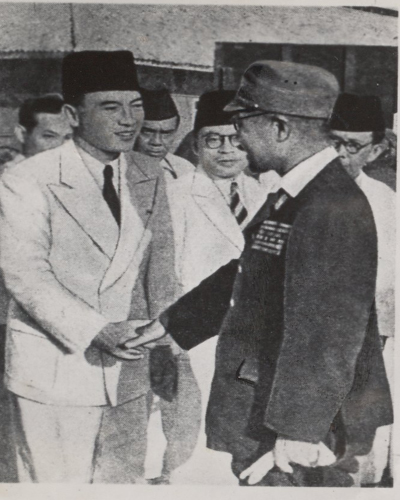
So Indonesia was valuable to the Dutch nation and continued to be even after Indonesia became independent in December 1949. During the 1950s, Netherlands-owned multinational companies continued to yield as much as eight percent of Dutch revenue until Sukarno nationalized those companies in 1958. I think Sukarno became a lightning rod because of his collaboration with the Japanese, and by constructing him as nothing but a Japanese puppet he could serve as a rationale for trying to hang on to the profitable Dutch colonial empire after World War II. Instead of doing what the British in India did, i.e. to negotiate an exit, the Dutch fought in a bloody war. There were two assaults on the independent republic that Sukarno had proclaimed in August 1945 and lots of people died, especially on the side of the Indonesian Republic. Finally in 1949, as a result of both American and United Nations pressure, the Netherlands was forced to transfer sovereignty to Sukarno and an independent Indonesian nation state.
TP: What you’re saying is that the Dutch used Sukarno’s collaboration with the Japanese as a way of demonizing him and in a way justifying their own colonial ambitions and behavior?
FG: Exactly. British or Australian assessments of what the Dutch were doing in Indonesia were highly critical. Mobilizing 170,00 troops—and that’s a lot of people for a small country—and refusing to accept that the era of colonialism was over, revealed to outside observers that they couldn’t admit that they had to let go of Indonesia, in part because of an exaggerated fear that the Dutch economy would crumble if the Netherlands were to be compelled to relinquish its overseas empire.
TP: And what about Anne Frank? How do perceptions of her play into contemporary Dutch opinion relating to World War II?
FG: What Anne Frank’s memory does is to placate the discussion that needs to be held about collaboration. In a densely populated, urbanized society many people took active part in the anti-Nazi resistance. There were also substantial portions of the Dutch population who collaborated with the Nazis, but by elevating the memory of Anne Frank that can be glossed over, because Anne Frank and her family were helped by courageous Dutch folks.
TP: But they were also betrayed.
FG: That’s the point. The authorities who picked them up were not only the Gestapo but also the Dutch police assisting the Gestapo.
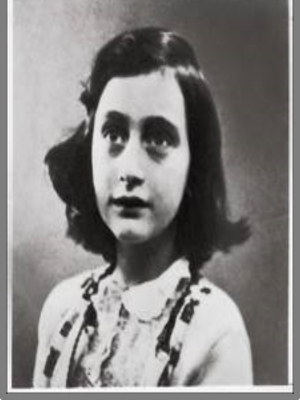
TP: I know you say that people were either resisters or collaborators, but you also say a lot of them were not really either and there was a big grey area there wasn’t there?
FG: Yes, and that comment is based on an ongoing vitriolic debate in Holland in recent years. Some historians argue it’s a black and white story, people either were good or bad. During World War II, “good” Dutch folks resisted by helping Jews, for example, whereas others were “bad” because they slept with the enemy or betrayed Jewish families in hiding to express pro-Nazi political or moral sentiments, or to collect a bounty, which is what may have happened to the Frank family.
TP: To look again at these two figures – Frank and Sukarno – what you’re saying is that in different ways they highlight the difficulties of a nation, in this case the Netherlands, in coming to terms with its past?
FG: Exactly, but it changes over time. And that’s really what the talk and the article are trying to emphasize: as historians we reconstruct the past but the way in which we reconstruct it has more to do with questions asked today, or issues or anxieties that prevail today, than it has to do with the real past.
TP: So what contemporary issues does this bring you to?
FG: Well I end the talk with a picture of a children’s holiday that takes place each December 5th. Saint Nicholas is presumed to be a bishop from Spain who annually travels to the Netherlands with a crew of helpers, all traditionally known as “Black Pete”, who help Saint Nicholas distribute presents to children. “Black Pete” is a person in black face, wearing renaissance clothing, golden earrings and a curly black wig. To many Dutch folks, including the immigrant population from Surinam, the Dutch Antilles in the Caribbean or other countries, the image of Back Pete is racist and deeply offensive. But every year a large proportion of the population and right-wing politicians say “nonsense, this is a children’s holiday, it’s not racism.” And what that means is that a genuine discussion about post-colonial responsibility gets suppressed over and over again.
Even today there are still what one could call “lobbies” of people who deny any culpability for a colonial past that also included an active participation in the trans-Atlantic slave trade via Dutch settlements on the coast of Ghana, Benin, Togo and Nigeria. As a result, such a serious “post-colonial reckoning” still needs to start. Meanwhile the debate about World War II in the Netherlands itself continues to be vitriolic, with people accusing each other of antisemitism or, in the other direction, of an obsession with the Holocaust and the “Shoahization” of World War II historiography. While Anne Frank functions as a symbol of consensus – or as an angle of repose – the iconic memory of Sukarno does the opposite: He provides an excuse not to engage in a genuine exploration of the colonial past, thereby revealing what an Indo-Dutch anthropologist has called the nation’s “post-colonial deficit.”
